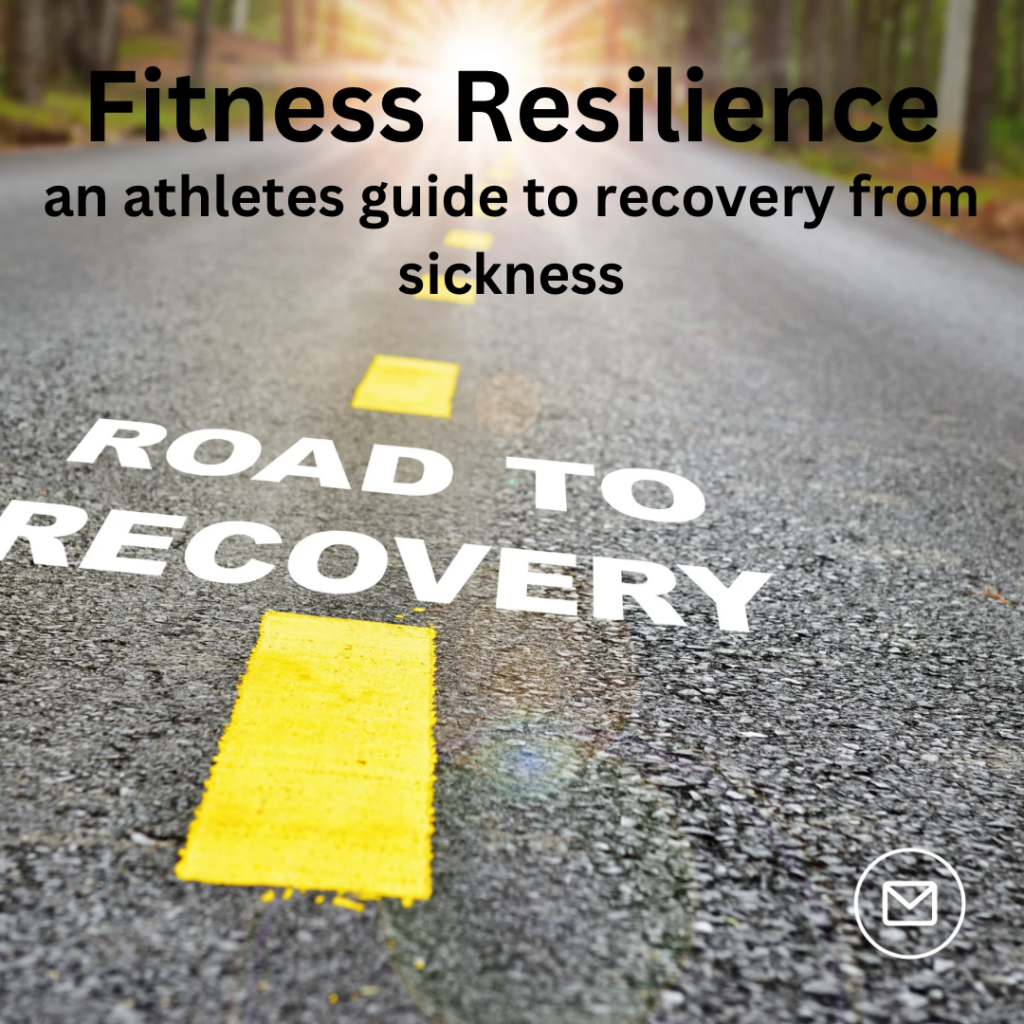
An athletes guide to recovery from sickness. Getting back on track can feel daunting when sickness disrupts your fitness routine, whether you’re battling a cold, flu, or some other ailment. But fear not; success lies in tuning in to your body’s signals. With the right approach, you can bounce back strong. Let’s dive into how to navigate your workouts during illness and ensure you make a successful comeback!
Recovery from Sickness
Remember, temporary declines in fitness are expected, so listen to your body and take it slow as you rebuild strength and resilience. With patience and attentiveness, you’ll soon be back on course toward achieving your fitness goals even stronger than before.
Craft a recovery plan that prioritizes your well-being while keeping your long-term fitness goals in sight. When you’re under the weather, your body craves extra rest, so give yourself the time to recover fully. This recovery period can vary, ranging from a few days to a couple of weeks, depending on the severity of your illness and how your body responds.
Sleep & Nutrition
Quality sleep is paramount for bolstering your immune system and aiding the healing process. Additionally, consider the importance of staying hydrated and maintaining proper nutrition. Load up on fluids infused with electrolytes and nourish your body with protein, vegetables, and fruits. Make sure your body has enough calories to support its healing efforts.
Listen to your Body
Adjust your exercise routine to match your energy levels and how your body feels overall, possibly achy and feverish. If you’re up for it, engage in low-impact activities such as walking, jogging, or gentle yoga, which may help alleviate some symptoms.
Progressive return to training
Gradually reintroduce easier exercises and shorter sessions into your routine as you start feeling better, aiming to prevent setbacks. Understand that it’s normal for your fitness levels to decline temporarily, so exercise patience as you work on rebuilding your strength. Pay close attention to any signals your body sends during exercise – fatigue, dizziness, or persistent discomfort are cues to dial back the intensity for your health.
In conclusion:
When illness interrupts your fitness journey, it’s essential to approach your comeback with patience and attentiveness to your body’s needs. By prioritizing rest, nutrition, and hydration, you can support your body’s healing process and lay the foundation for a triumphant return to training.
Adjusting your exercise routine to match your energy levels and gradually reintroducing workouts can prevent setbacks and ensure a smooth transition back to your regular regimen.

Comments are closed.